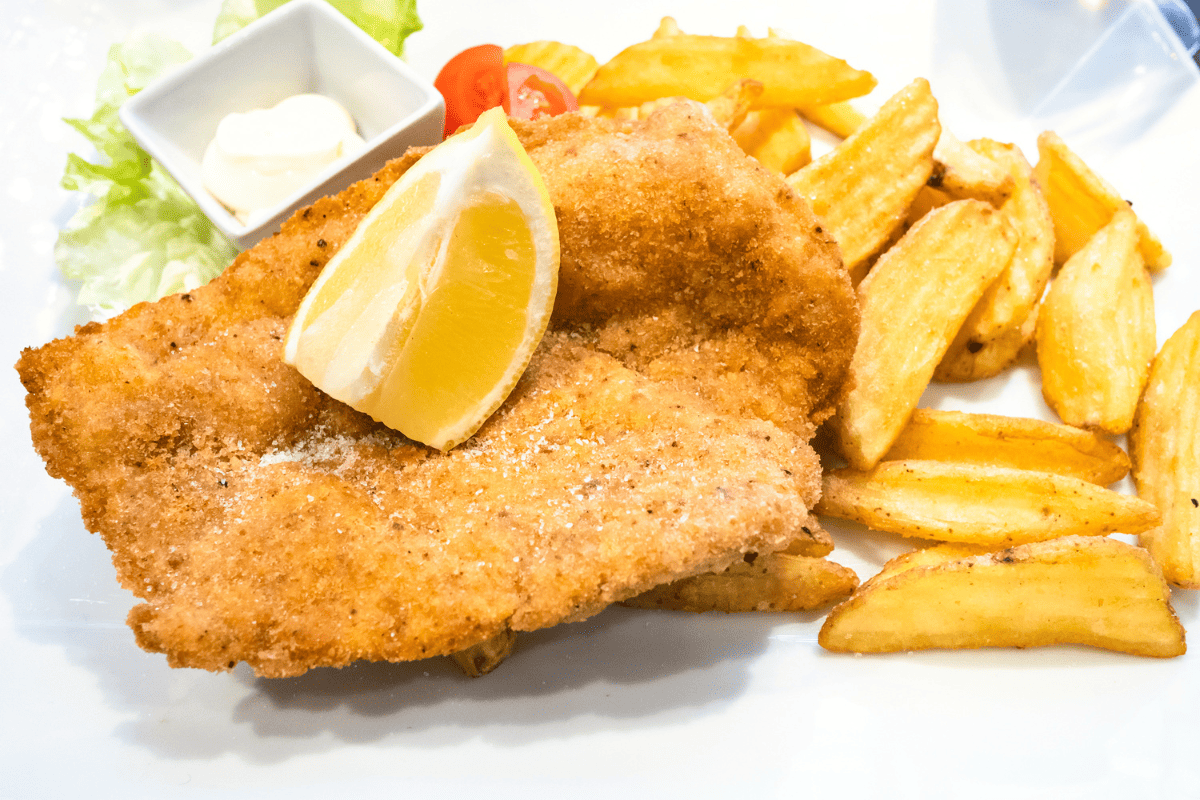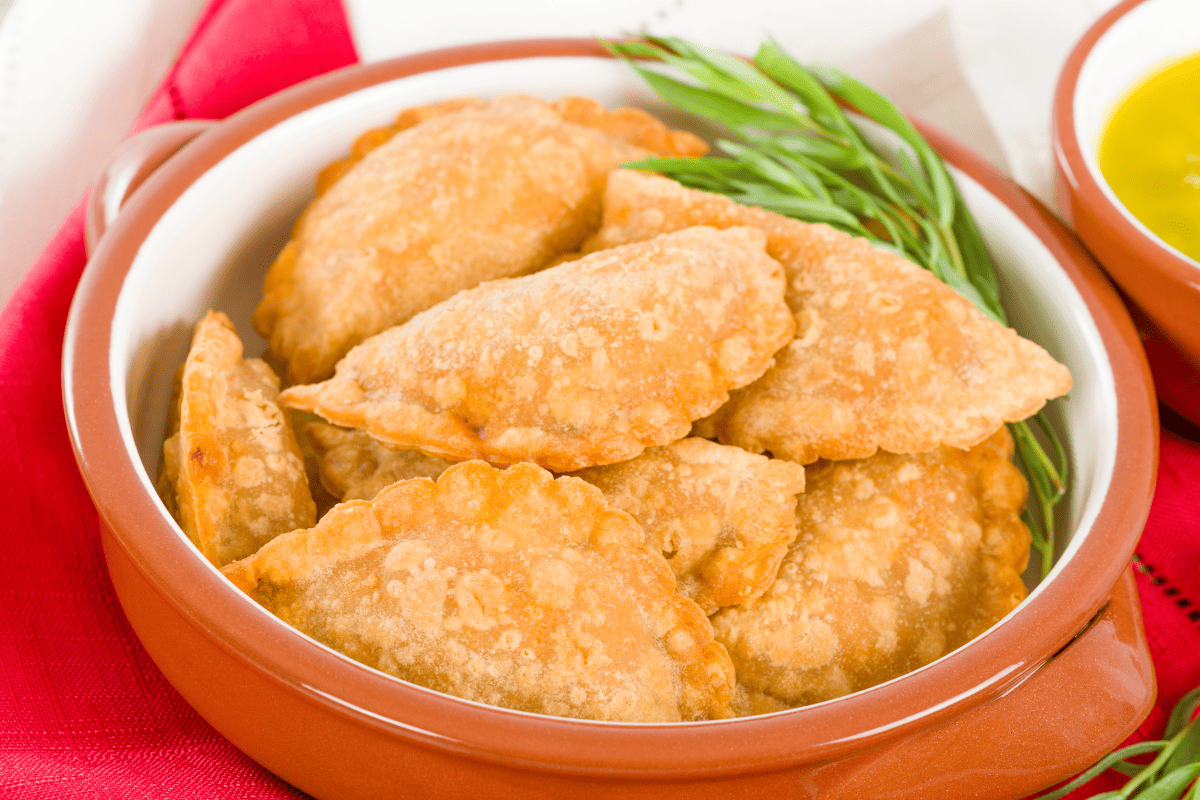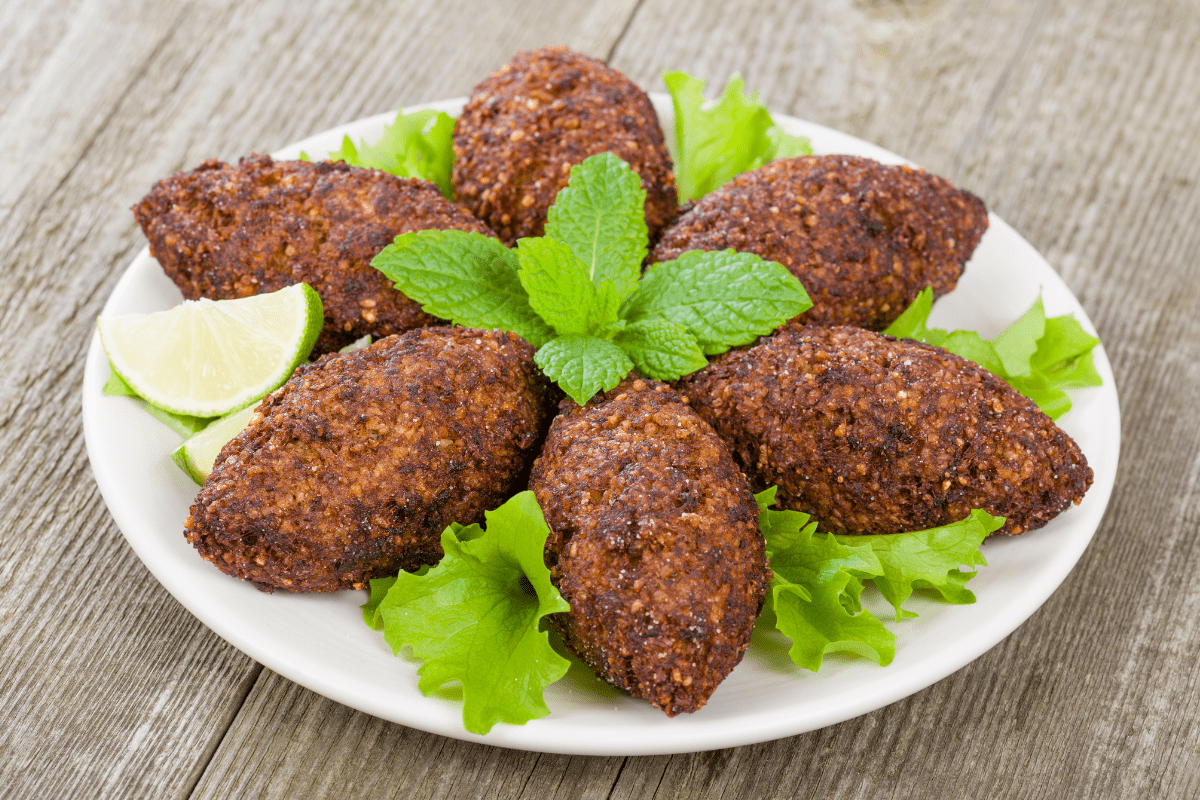
When something is prepared “a milanesa” in Brazil, it generally means some kind of meat has been pounded thin, breaded, and fried crisp. Americans have similar recipes that use this technique, such as chicken fried steak and the borrowed German dish, schnitzel. Brazilians tend to favor poultry and beef over pork, so today we will be making chicken milanesa. Served simply with a squeeze of lemon or on top of a toasted brioche bun, chicken milanesa is an easy comfort food dish that is perfect for a busy weeknight meal.
Why is it Called Chicken Milanesa?
In English, Chicken a Milanesa is known as “Milanese Chicken” or “Milan Chicken.” This is because the particular dredging and frying style has origins in Milan, Italy. Traditionally, veal was the meat of choice, but beef, pork, and chicken are also popular options.
The Milanese method of preparing fried meat is a series of steps:
- The meat is pounded thin to tenderize and allow it to cook quickly and evenly.
- The pounded cutlet is dredged in flour.
- The meat is dipped in a beaten egg mixture.
- The meat is dipped into seasoned breadcrumbs.
- The meat is pan-fried in oil until crisp and golden.
Vegetarian Milanese Chicken
Again, Milanese-style refers more to the dredging method and less to the actual protein used. This means you can easily substitute vegetarian options and fry them the same way you would chicken, beef, etc.
Eggplant works well as a substitute, since it has a firm texture. You could also use firm tofu or tempeh; however, when using vegetables, soybean products, or other vegetarian options, skip the step where you pound it flat. You’ll just wind up with a crumbly or slimy mess that does not lend itself to dredging and frying.
Sauce for Chicken Milanesa
Chicken Milanese is traditionally served with a lemon wedge. It is a refreshing way to cut through what might otherwise be a somewhat greasy dish. You can elevate that twist of citrus by incorporating lemon juice and a little zest in a creamy, tangy butter sauce:
Chicken Milanesa Lemon Garlic Cream Sauce
3 oz unsalted butter, cut into 1-inch pats
2 cloves garlic, minced
6 oz dry white wine
8 oz chicken stock
8 oz heavy cream
Juice of two lemons
1 tsp lemon zest
½ tsp salt (more to taste)
Freshly ground black pepper
Simply melt one pat of butter in a saucepan over medium heat. Saute the garlic until fragrant, then add in the wine, stock, heavy cream, salt, and a few twists of freshly ground black pepper. Bring to a boil and then lower to a high simmer. When the mixture has thickened, add in the remaining butter, lemon juice, and lemon zest. Stir until the butter is melted.
Milanese Chicken Sandwich
If you want to use your breaded chicken a milanesa for a sandwich, do so by all means! Lightly toast a brioche or potato bun and spread a little mayo or aioli on it. Top the chicken with some fresh lettuce and a thick slice of tomato, and you’ve got a chicken sandwich to rival your favorite fast food place.
Panko vs Italian Breadcrumbs for Milanese Chicken
As an Italian recipe, traditional chicken milanesa calls for Italian-style breadcrumbs. However, we like to incorporate a little panko as well for added crunch. Panko breadcrumbs are much larger than their finer, Italian counterparts; adding them thickens the crust a bit and makes it all the crispier.
Recipe for Chicken Milanesa
Ingredients:
Serves 4
4 chicken breast cutlets (around 6 oz each)
½ cup seasoned Italian breadcrumbs
½ cup panko
½ cup all purpose flour
1 oz freshly grated parmesan or pecorino cheese
2 large eggs
1 tsp lemon zest
Salt
Freshly ground black pepper
Vegetable oil
Directions:
- Pound the chicken cutlets to a thickness of about ¼”. An easy way to do this is to place one on a cutting board, cover it with cling film, and pound with a meat tenderizer. Season each cutlet with salt and pepper.
- Set up your chicken milanesa dredging station: put the breadcrumbs, lemon zest, and parmesan cheese in one shallow bowl and mix to combine; put the eggs in another bowl and whisk thoroughly; finally, put the flour into another shallow dish and season lightly with salt and pepper. Mix to combine.
- Put around one cup of vegetable oil in a heavy skillet and heat over medium high heat. To see if it is ready, toss a few breadcrumbs in. If they sizzle right away, the oil is hot enough. The oil should be shimmering, not smoking. If this is the case, remove it from the heat and let it cool down a little.
- Take one of your chicken cutlets and coat it with the flour mixture. Shake it to remove any excess, then dip it into the egg mixture. Let any extra egg drip off before finally coating the chicken in the breadcrumb and cheese mixture. Repeat this process with each of your cutlets.
- Fry the cutlets in the oil until they are crisp and golden brown (about 3 minutes per side). Transfer them to a baking sheet lined with paper towels to drain any excess oil.
- Serve your beautiful chicken milanesa with a fresh lemon wedge or with your lemon garlic cream sauce (see above). Enjoy!
More Great Brazilian Recipes to Try:


